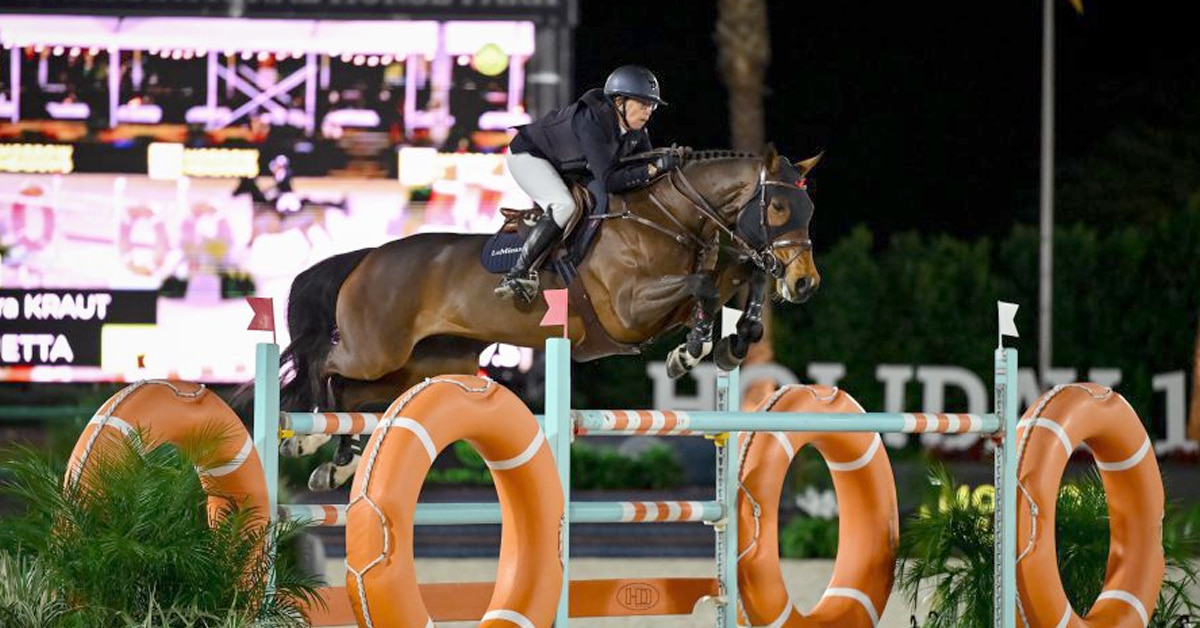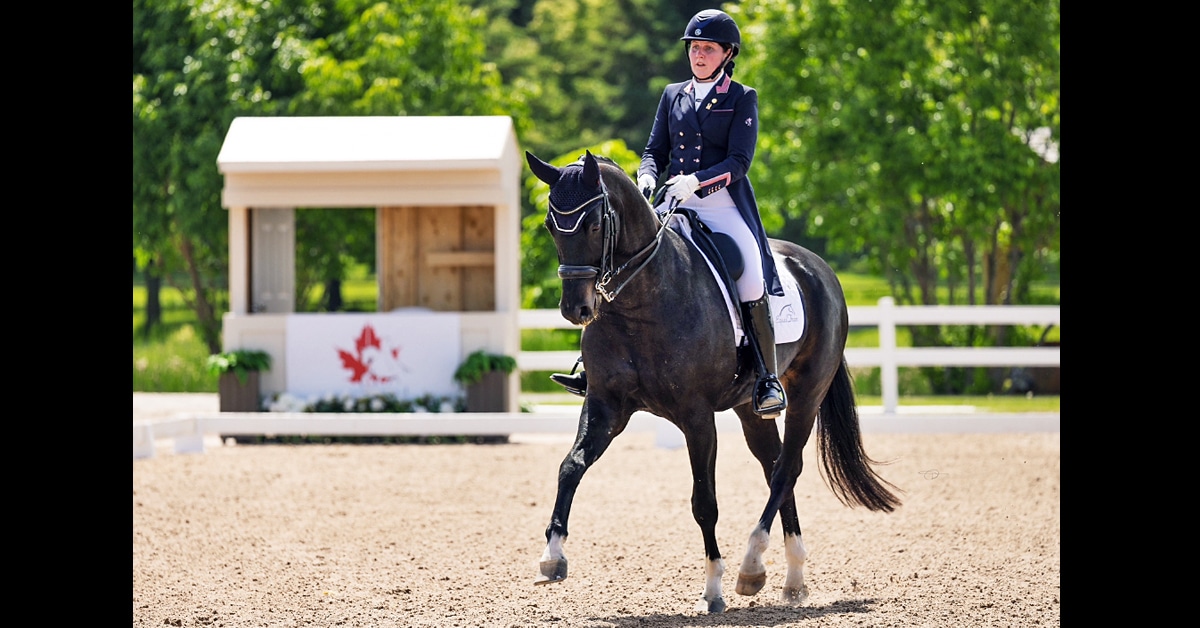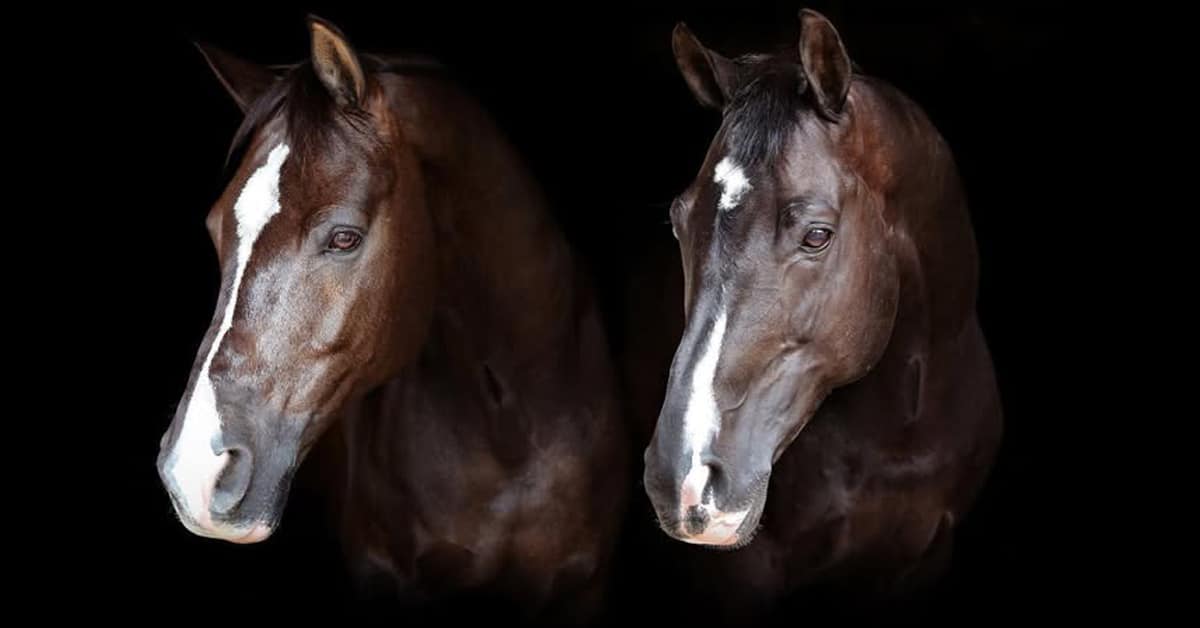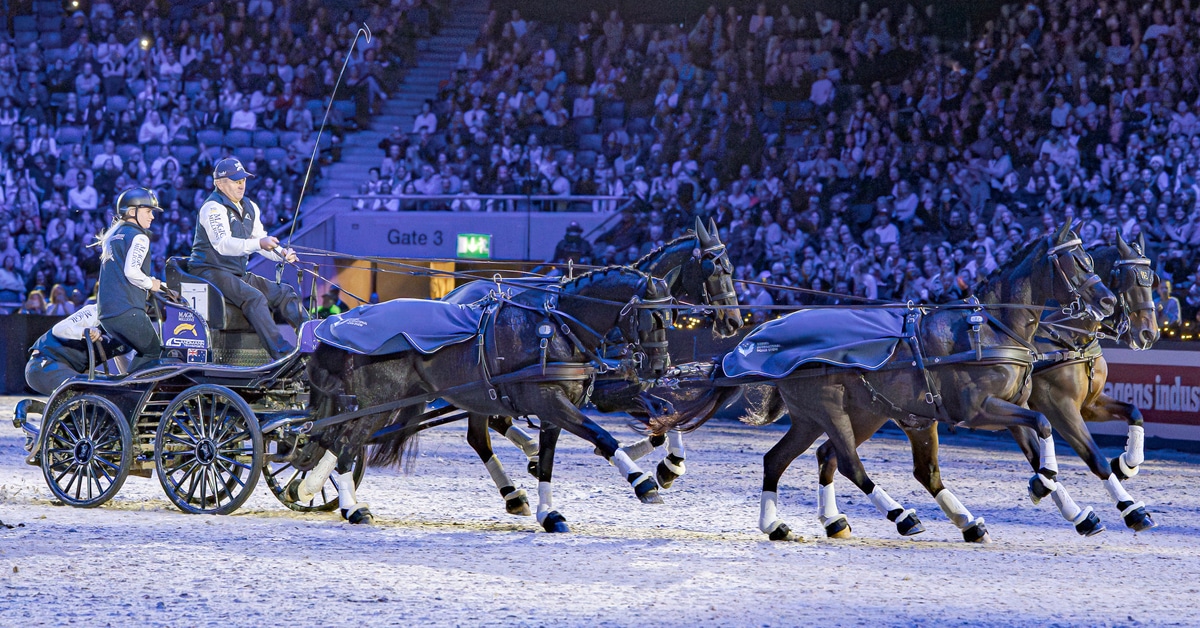The Virginia Tech Helmet Lab has just released their ratings of equestrian helmets, the first time to apply their STAR evaluation system to them. At Mips, we welcome the new benchmark initiative to evaluate equestrian helmets, yet aspects of the test and rating methods leave room for improvement.
Mips, which stands for Multi-directional Impact Protection System, provides the Mips® safety system, which is intended to help reduce harmful rotational motion that might be otherwise transferred to the user’s head for certain impacts.
After carefully evaluating the test method and ratings process, Mips believes that the STAR ratings system should adopt additional testing methods. Mips co-founder and Chief Science Officer Peter Halldin further explains below:
- The Virginia Tech rating program conducts tests to the helmet that primarily include compression forces to the helmet, mimicking an accident situation where the rider falls straight towards the ground, a vertical velocity relative to the ground.
- However, even if rotational kinematics are measured, rotation is principally induced due to the head rotating around the neck, not at the first contact with the impacting surface.
- If a horse and its rider have a speed forward during their fall, there will be both vertical and horizontal velocity relative to the ground, and rotation could also be induced at the initial contact with the ground due to tangential force. To be able to replicate this phenomenon another test method is required.
- This could explain the discrepancy between Virginia Tech Helmet Lab’s ratings, and those from Swedish insurance company Folksam; for example, a helmet rated 1-star by Virginia Tech are rated 5-star by Folksam.
- The Folksam rating program includes impacts that have a tangential force acting on the helmet, which we suggest Virginia Tech implements to complement their current test method.
- Additionally, the Virginia Tech rating system weights the front impact location and the lower impact velocity of 4.0 m/s higher than the impact velocity of 6.3 m/s. Therefore, the final rating of the helmets in the Virginia Tech rating program is more dependent on the performance of the front of the helmet and low velocity impacts.
While we appreciate the new initiatives to evaluate equestrian helmets and promote helmet safety more generally, we at Mips believe that the new rating systems may be cause for confusion.
About Mips
Mips specializes in helmet-based safety and is a market leader in this field. The Mips® safety system is based on an “ingredient brand” model and is sold to the helmet industry worldwide. The Mips® safety system is patent protected and based on 25 years of research, testing and development in cooperation with the Royal Institute of Technology and Karolinska University Hospital in Stockholm, Sweden. The company’s headquarters are also located here, with more than 70 employees working in research and development, sales, marketing and administration, and the test center.
Currently, Mips works with more than 150 helmet manufacturers, the safety system is used in 833 models and was integrated into 12.6 million helmets worldwide in 2021 alone. For more information, visit mipsprotection.com.
***
(Ed. note) See also “MIPS Underperforms in Rotational Velocity Study” outlining recent research on MIPS and standard equestrian helmets at the University of Alabama in Birmingham.
More News










